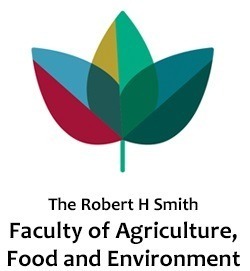Citation:
Date Published:
SEP 10Abstract:
Background The rising availability of assemblies of large genomes (e.g. bread and durum wheat, barley) and their annotations deliver the basis to graphically present genome organization of parents and progenies on a physical scale. Genetic maps are a very important tool for breeders but often represent distorted models of the actual chromosomes, e.g., in centromeric and telomeric regions. This biased picture might lead to imprecise assumptions and estimations about the size and complexity of genetic regions and the selection of suitable molecular markers for the incorporation of traits in breeding populations or near-isogenic lines (NILs). Some software packages allow the graphical illustration of genotypic data, but to the best of our knowledge, suitable software packages that allow the comparison of genotypic data on the physical and genetic scale are currently unavailable. Results We developed a simple Java-based-software called GenoTypeMapper (GTM) for comparing genotypic data on genetic and physical maps and tested it for effectiveness on data of two NILs that carry QTL-regions for drought stress tolerance from wild emmer on chromosome 2BS and 7AS. Both NILs were more tolerant to drought stress than their recurrent parents but exhibited additional undesirable traits such as delayed heading time. Conclusions In this article, we illustrate that the software easily allows users to display and identify additional chromosomal introgressions in both NILs originating from the wild emmer parent. The ability to detect and diminish linkage drag can be of particular interest for pre-breeding purposes and the developed software is a well-suited tool in this respect. The software is based on a simple allele-matching algorithm between the offspring and parents of a crossing scheme. Despite this simple approach, GTM seems to be the only software that allows us to analyse, illustrate and compare genotypic data of offspring of different crossing schemes with up to four parents in two different maps. So far, up to 500 individuals with a maximum number of 50,000 markers can be examined with the software. The main limitation that hampers the performance of the software is the number of markers that are examined in parallel. Since each individual must be analysed separately, a maximum of ten individuals can currently be displayed in a single run. On a computer with an Intel five processor of the 8th generation, GTM can reliably either analyse a single individual with up to 12,000 markers or ten individuals with up to 3,600 markers in less than five seconds. Future work aims to improve the performance of the software so that more complex crossing schemes with more parents and more markers can be analysed.

